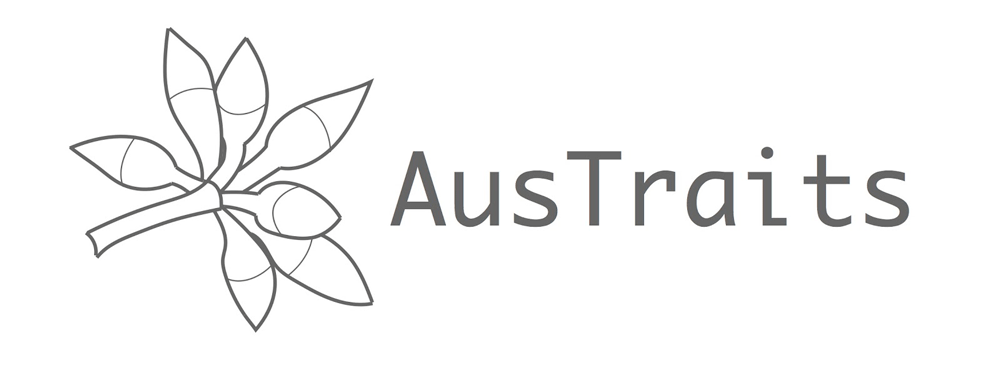Online Resources
Occurrence records map (0 records)
Datasets
datasets have provided data to the Atlas of Living Australia for this species.
Browse the list of datasets and find organisations you can join if you are interested in participating in a survey for species like Ptilotus incanus ()
Types
Specimens
Images
Misidentified

Names and sources
| Accepted Name | Source |
|---|---|
| Ptilotus incanus () |
|
| According to:Council of Heads of Australasian Herbaria (2009), Australian Plant Census | |
| Published in:Poiret, J.L.M. in Lamarck, J.-B.P.A. de M. de & Poiret, J.L.M. (1816), Encyclopédie Méthodique, Botanique Suppl. 4(2) [620] | |
|
Ptilotus obovatus var. griseus is recognised as a distinct taxon in WA and NT. |
|
| Synonym | Source |
|---|---|
| Trichinium gnaphaloides heterotypic orth. var. |
|
| Published in:Chapman, A.D. (1991), Australian Plant Name Index [2887] | |
| Ptilotus obovatus var. griseus heterotypic |
|
| Published in:Benl, G. (December 1964), New Taxa of Ptilotus (Amarathaceae). Transactions of the Royal Society of South Australia 88 [58, Fig. 3] | |
| Ptilotus incanus var. elongatus heterotypic |
|
| Published in:Benl, G. (December 1962), Beitrag zu einer Revision der Gattung Ptilotus R.Br. (Amaranthaceae) 4. Teil. Mitteilungen der Botanischen Staatssammlung Munchen 4 [278] | |
| Ptilotus incanus var. parviflorus () heterotypic |
|
| Published in:Benl, G. (15 May 1959), Beitrag zu einer revision der Gattung Ptilotus R.Br. (Amaranthaceae) 2. Teil. Mitteilungen der Botanischen Staatssammlung Munchen 3 [38] | |
| Ptilotus incanus () var. incanus homotypic |
|
| Published in:Benl, G. (15 May 1959), Beitrag zu einer revision der Gattung Ptilotus R.Br. (Amaranthaceae) 2. Teil. Mitteilungen der Botanischen Staatssammlung Munchen 3 [38] | |
| Trichinium incanum var. parviflorum heterotypic |
|
| Published in:Ewart, A.J. & White, J. (1909), Contributions to the Flora of Australia No. 12. Proceedings of the Royal Society of Victoria 22(1) [97] | |
| Trichinium incanum var. incanum homotypic |
|
| Published in:Ewart, A.J. & White, J. (1909), Contributions to the Flora of Australia No. 12. Proceedings of the Royal Society of Victoria 22(1) [97] | |
| Ptilotus helmsii ex heterotypic nom. inval. |
|
| Published in:Ewart, A.J. & White, J. (1909), Contributions to the Flora of Australia No. 12. Proceedings of the Royal Society of Victoria 22(1) [97] | |
| Trichinium gnaphalodes ex heterotypic |
|
| Published in:Moquin-Tandon, C.H.B.A. in Candolle, A.L.P.P. de (ed.) (1849), Amarantaceae. Prodromus Systematis Naturalis Regni Vegetabilis 13(2) [285] | |
| Trichinium incanum homotypic |
|
| Published in:Brown, R. (27 March 1810), Prodromus florae Novae Hollandiae et insulae Van-Diemen, exhibens characteres plantarum quas annis 1802-1805 [415] | |
| Common Name | Source |
|---|---|
| Ptilotus preferred Australia Australia | |
| Silver Tails preferred Australia Australia |
| Name | Source |
|---|---|
| Ptilotus incanus () accepted |
|
|
Ptilotus obovatus var. griseus is recognised as a distinct taxon in WA and NT. |
|
| Identifier | Source |
|---|---|
| https://id.biodiversity.org.au/name/apni/214425 Scientific Name current |
|
| http://id.biodiversity.org.au/node/apni/6795450 Taxon unknown |
|
| https://id.biodiversity.org.au/instance/apni/653622 Taxon Concept current |
|
| https://id.biodiversity.org.au/node/apni/6795450 Taxon current |
|
Classification
- kingdom
- Plantae
- phylum
- Charophyta
- class
- Equisetopsida
- subclass
- Magnoliidae
- superorder
- Caryophyllanae
- order
- Caryophyllales
- family
- Amaranthaceae
- genus
- Ptilotus
- species
- Ptilotus incanus
Charts showing breakdown of occurrence records (0 records)
Name references found in the Biodiversity Heritage Library
| Data sets | Licence | Records |
|---|

The trait data shown here are a selection from AusTraits, an open-source, harmonised database of Australian plant trait data, sourced from individual researchers, government entities (e.g. herbaria) or NGOs across Australia. Traits vary in scope from morphological attributes (e.g. leaf area, seed mass, plant height) to ecological attributes (e.g. fire response, flowering time, pollinators) and physiological measures of performance (e.g. photosynthetic gas exchange, water-use efficiency.)
These traits are a sampler of those available in AusTraits. The data presented here are summary statistics derived from all field-collected data on adult plants available from AusTraits. Since the data presented are derived from the wide variety of sources in AusTraits, both the numeric trait statistics (min, mean, max) and categorical trait summaries (frequency of each trait value) that have been merged together could include data collected using different methods. The values presented for this species may reflect a summary of data from one or many sources, one or many samples from one or many adult plants at one or many locations. They may therefore differ from those presented elsewhere on the ALA platform and users are encouraged to download a spreadsheet of the full AusTraits data for this species via the download CSV button to view the accompanying details about the data sources before further use.
Categorical Traits
* Data sources in AusTraits report multiple values for this trait, suggesting variation across the taxon's range and life stages. Please download the raw data with information about the context of data collection to assess whether they are relevant to your project.| Trait Name | Trait Value | Definition |
|---|
Numeric Traits
| Trait Name | Min | Mean | Max | Unit | Definition |
|---|
